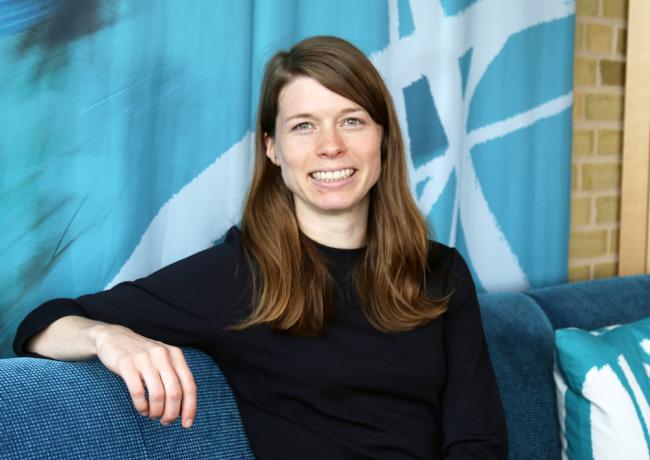Changing norms for better patient interactions
2019-06-25Can the patient journey through healthcare be changed? How are patients treated and why? In a new doctoral thesis, Josina Vink has studied the patient journey and how it can be redesigned. She believes it is not only the physical details that are important when changing the patient journey, but also the whole structure of healthcare, the norms, behaviors and rules.
A large part of care that patients receive today at healthcare centers can equally well be given at home. In the future, care at home will be more common, and then the whole structure around care, healthcare staff and patients will need to change. Josina Vink has defended her dissertation about changing the approach to service design.
"Often we look at service design as a way to change the offers and services in order for the customer to have a better experience. I believe this approach must be put into a larger perspective where the whole system needs to be adjusted. An example may be when healthcare staff helps patients in their home instead of the patient coming to a health care center. In this situation, the healthcare staff needs move beyond seeing the patient as a patient. This also requires changes in the nurses' scope of practice, how they work and hours", says Josina Vink.
Service design in the classic sense is often described as the design of services, where intangible offers change according to customer needs. Often, physical aspects and how these can be changed to better suit the customer are in focus. Alternatively, Josina describes service design as a change of the social structures that guide people’s interactions.
"To me, service design means to transform both the invisible social structures and physical enactments that reflect the social. We must have a broader perspective when talking about service design - a holistic approach", says Josina Vink.
In her research, Josina Vink has come up with a new concept and approach, called the service ecosystem design perspective, that describes how structures shape people within health care, among other things. The perspective can be used in several different contexts and by people in different roles.
“It can be helpful for people with design jobs to support changes in the overall the system, instead of just focusing on the touchpoints. It can also help to spread the knowledge that already exists at Experio Lab,” says Josina Vink.
Josina Vink defended her dissertation on June 14th at Karlstad University. Her research was conducted within the framework of the SDIN project, Service Design for Innovation Network, with funding from the EU's research program Horizon 2020 and in collaboration with Experio Lab and CTF, Service Research Center at Karlstad University.



